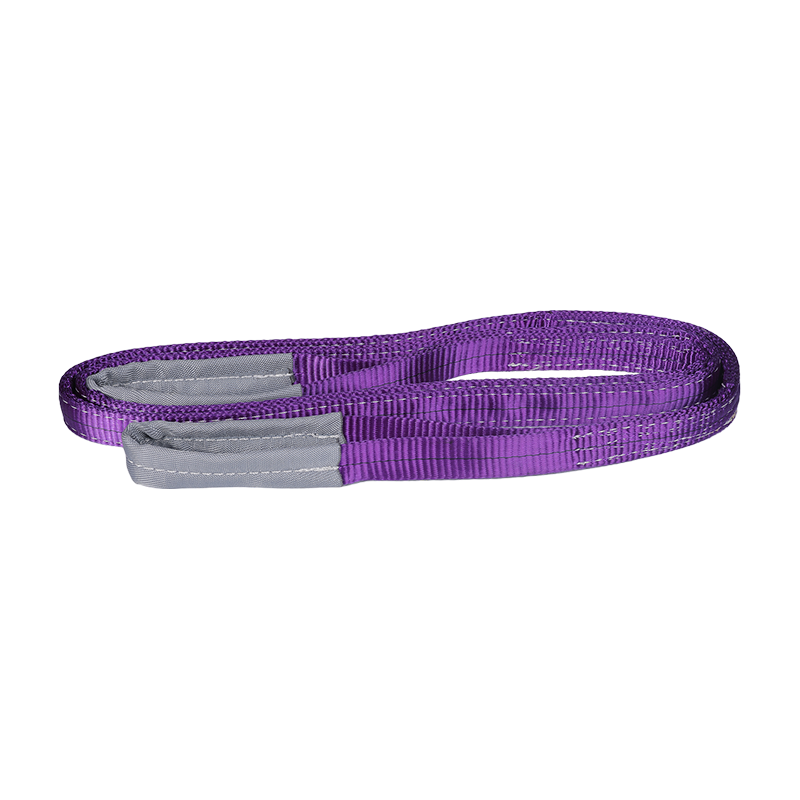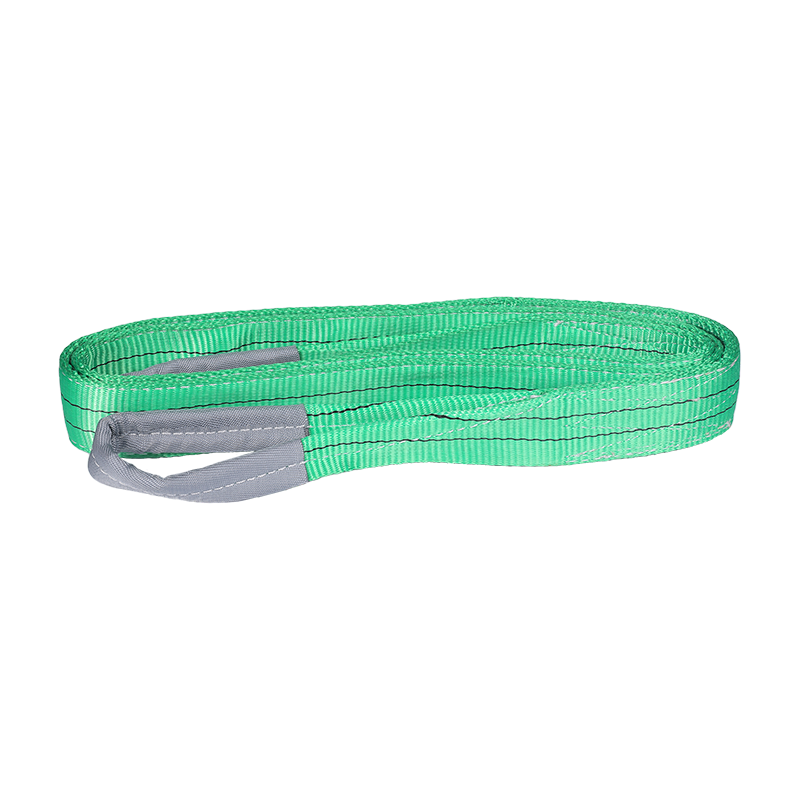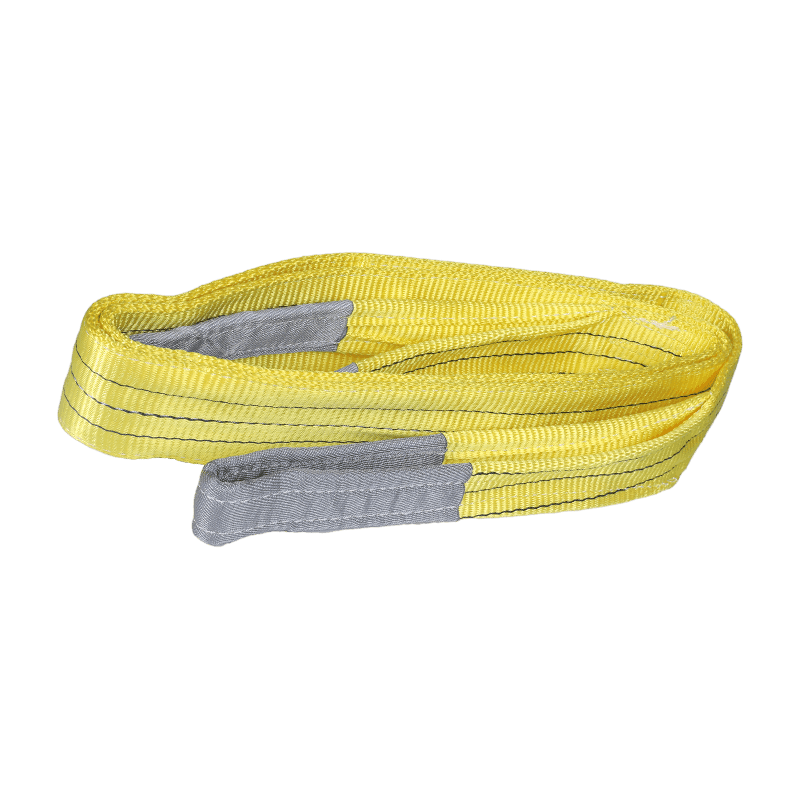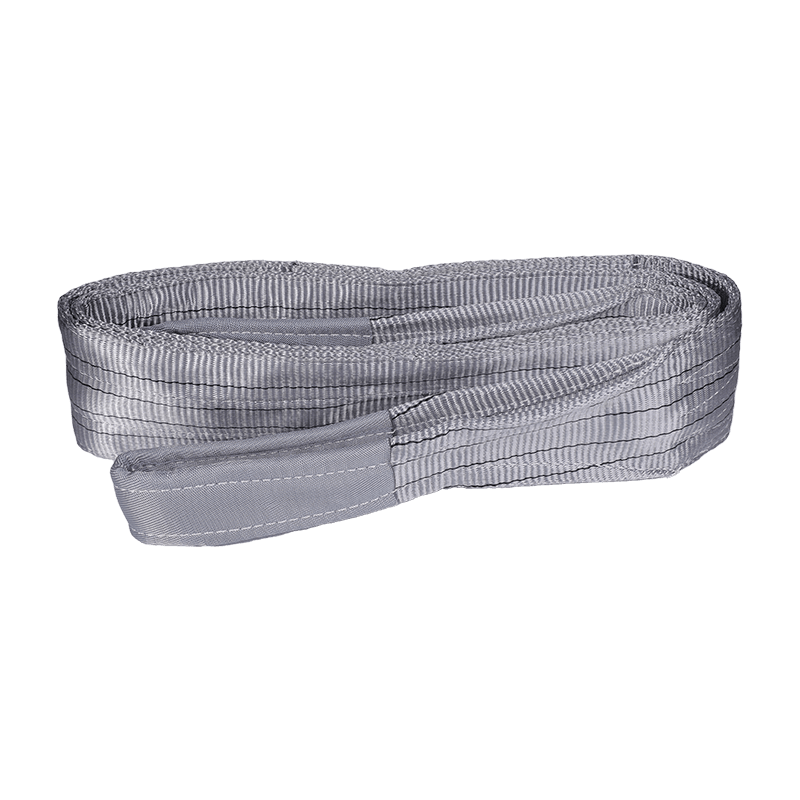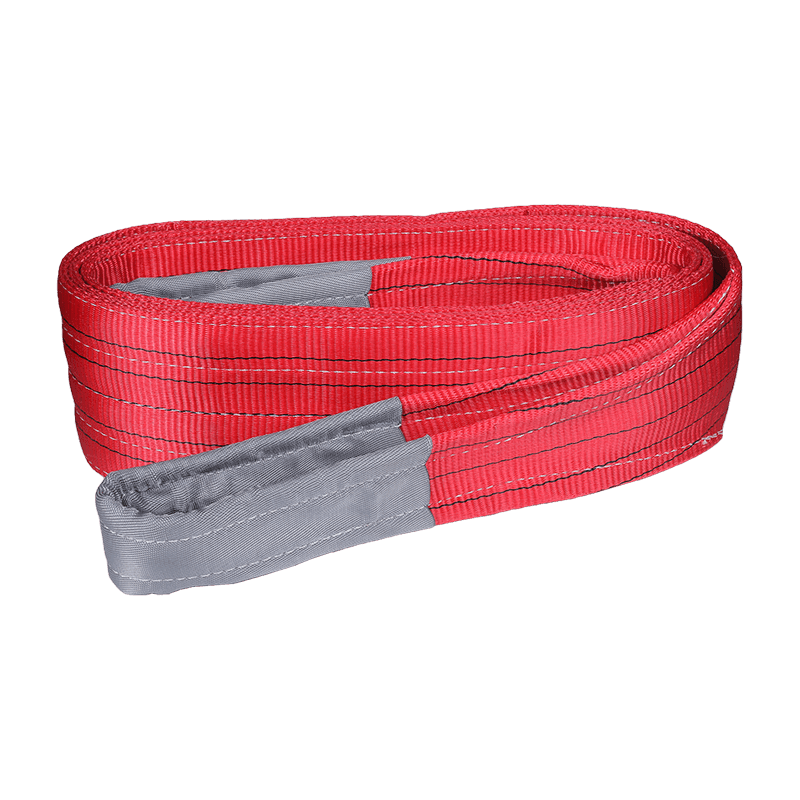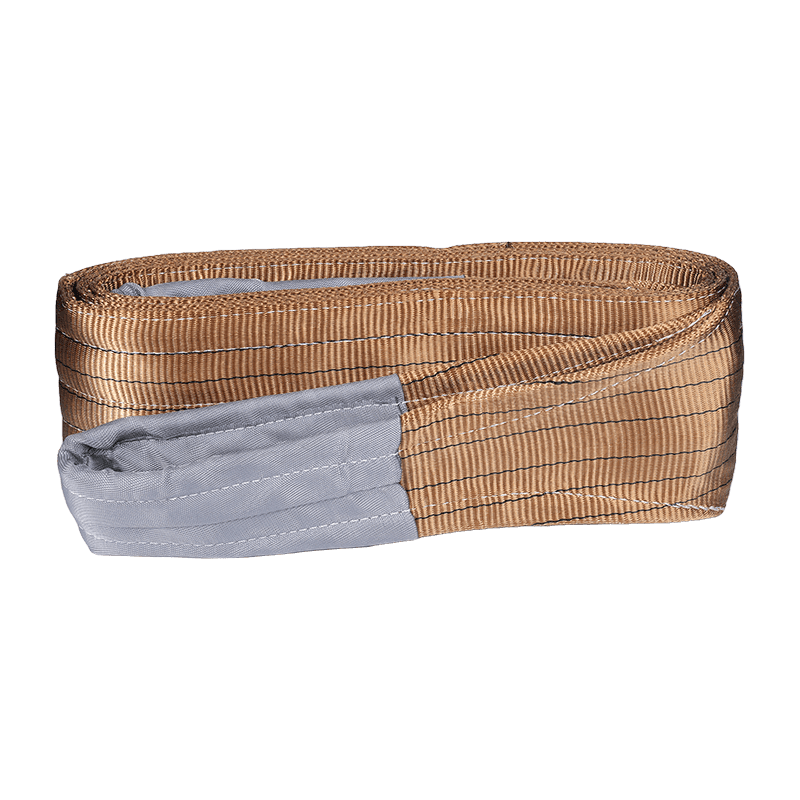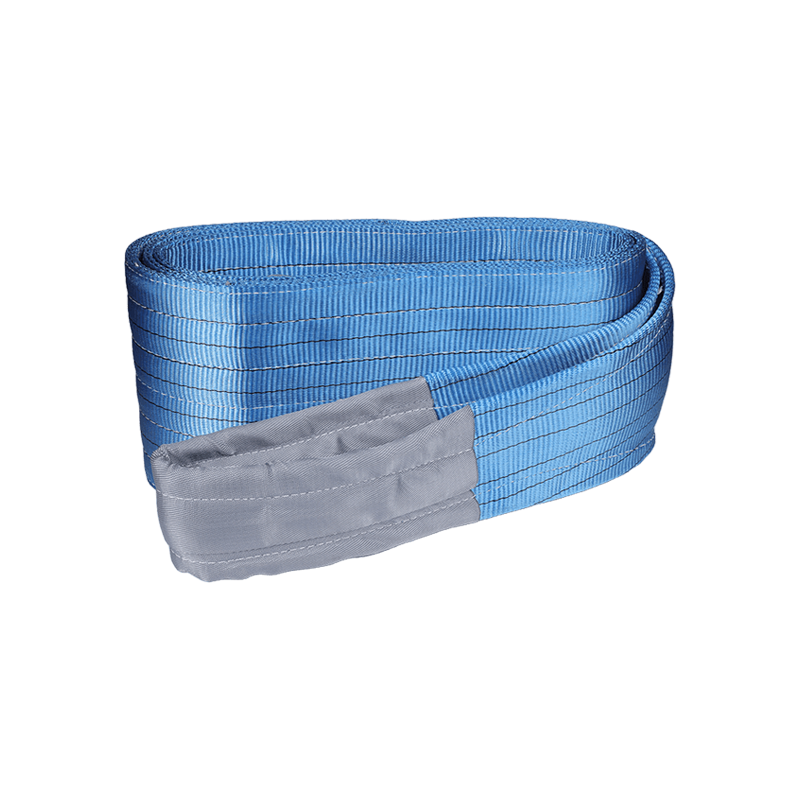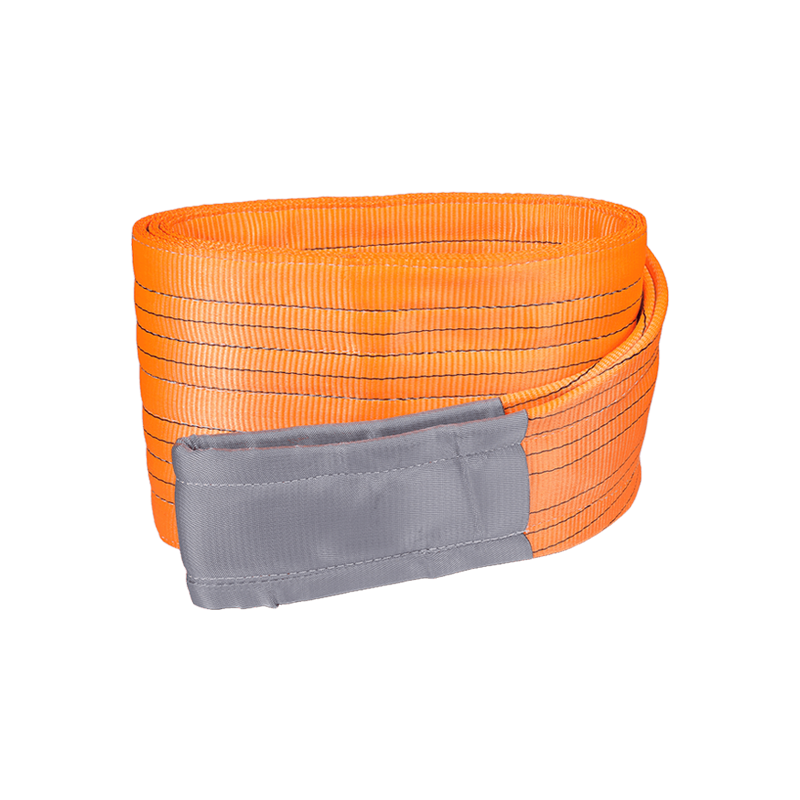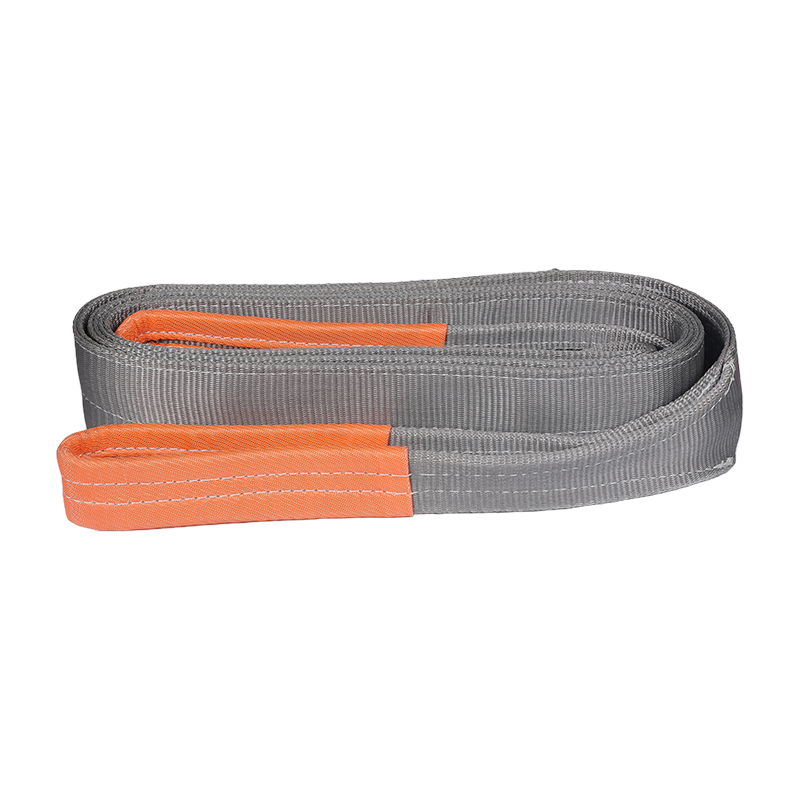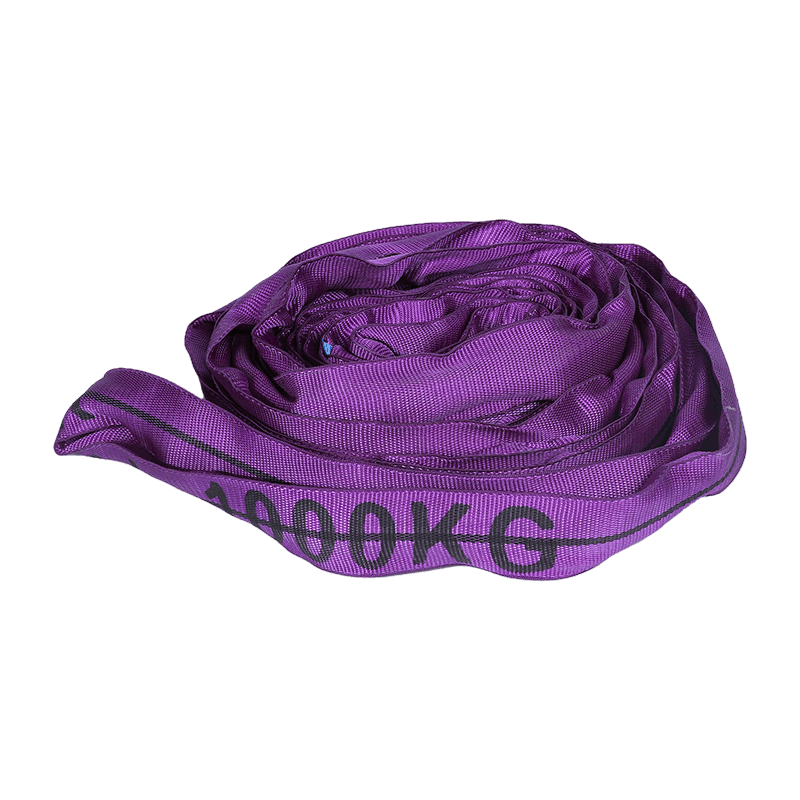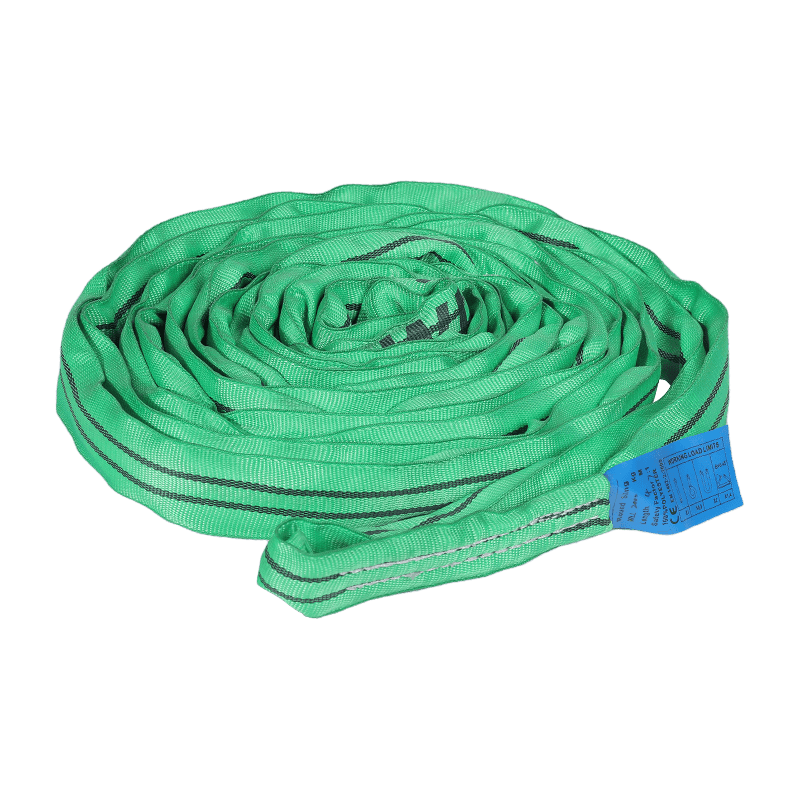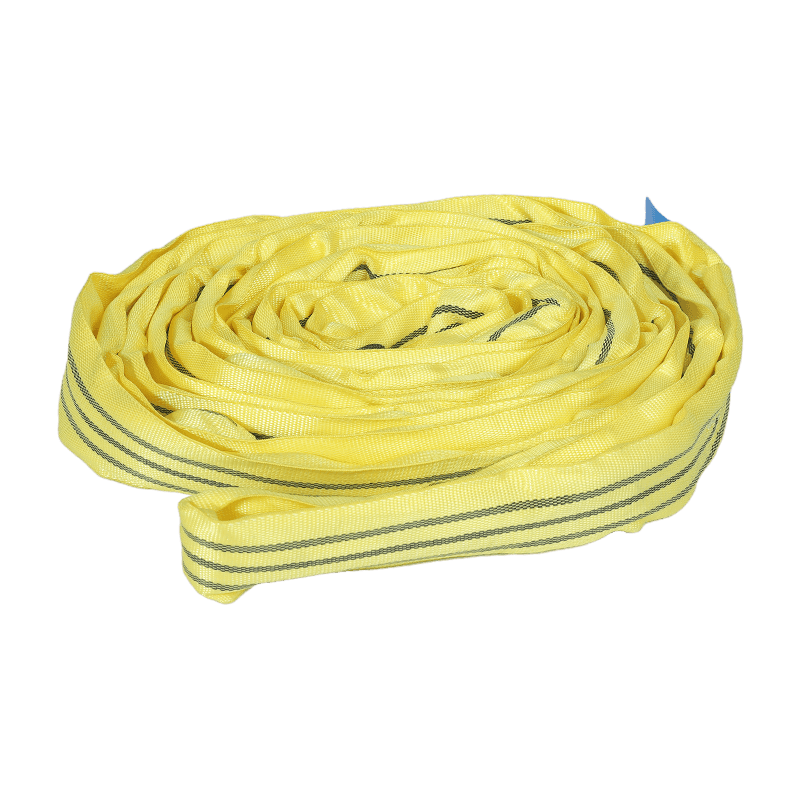Environmental factors, including temperature and exposure to sunlight, can have a significant impact on the lifespan and performance of winch straps. It's important to consider these factors to ensure the continued reliability and safety of the straps. Here's how environmental conditions can affect winch straps:
Temperature:
Extreme Heat: Prolonged exposure to high temperatures can cause the material of winch straps, especially synthetic materials like polyester or nylon, to degrade. This can result in a reduction of the strap's overall strength and elasticity.
Extreme Cold: Extremely low temperatures can make the strap material more rigid and prone to cracking or brittleness. In such conditions, the winch strap may not provide the necessary flexibility for proper tensioning.
Sunlight (UV Exposure):
UV Degradation: Ultraviolet (UV) rays from sunlight can accelerate the aging process of synthetic materials. Continuous exposure to sunlight can lead to UV degradation, causing the winch strap to lose its strength and become more susceptible to wear and tear.


Color Fading: UV exposure can also cause color fading in the strap's webbing, which may serve as an indicator of potential UV damage.
Moisture and Humidity:
Mold and Mildew: Prolonged exposure to moisture or high humidity can create conditions conducive to mold and mildew growth on the winch strap. This can compromise the integrity of the material and reduce its overall strength.
Chemical Exposure:
Corrosion and Chemical Damage: Exposure to certain chemicals or corrosive substances can damage the hardware components of the winch strap, such as hooks and ratchets. It's important to avoid contact with chemicals that could compromise the strap's integrity.
To mitigate the effects of environmental factors, users should follow these best practices:
Storage: When not in use, store winch straps in a cool, dry place away from direct sunlight. Consider using protective covers or bags to shield them from the elements.
Regular Inspections: Conduct regular visual inspections for signs of UV damage, discoloration, fraying, or other forms of wear. Replace any winch strap that shows visible signs of deterioration.
Use UV-resistant Straps: Consider using winch straps that are specifically designed to resist UV degradation if the straps will be exposed to sunlight regularly.


 English
English Español
Español Deutsch
Deutsch